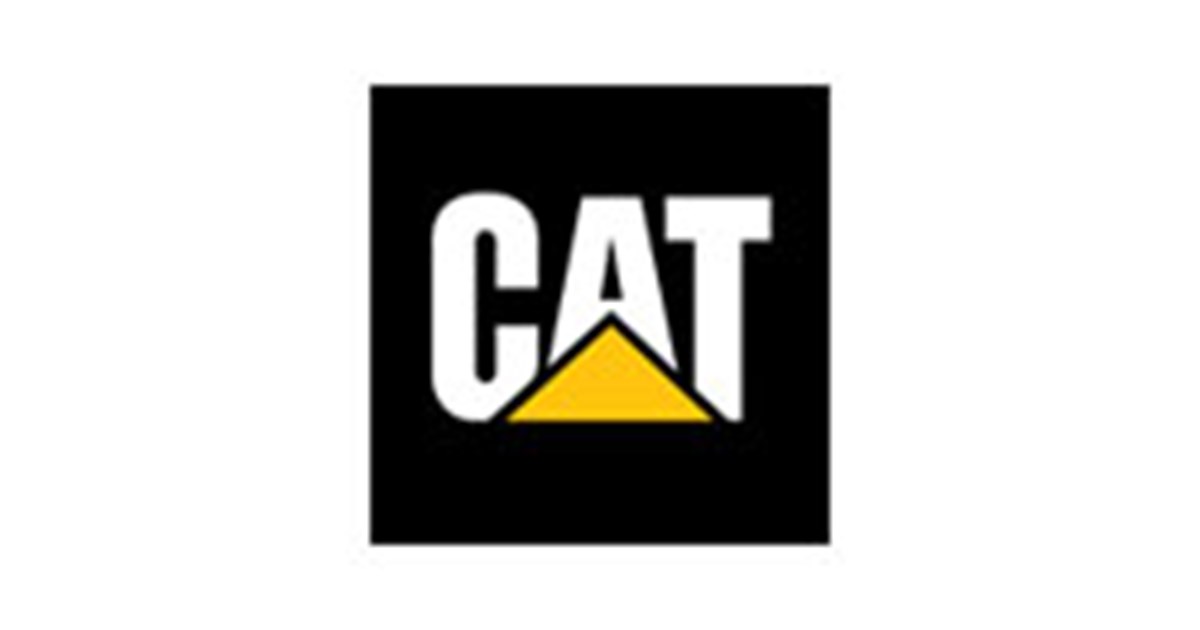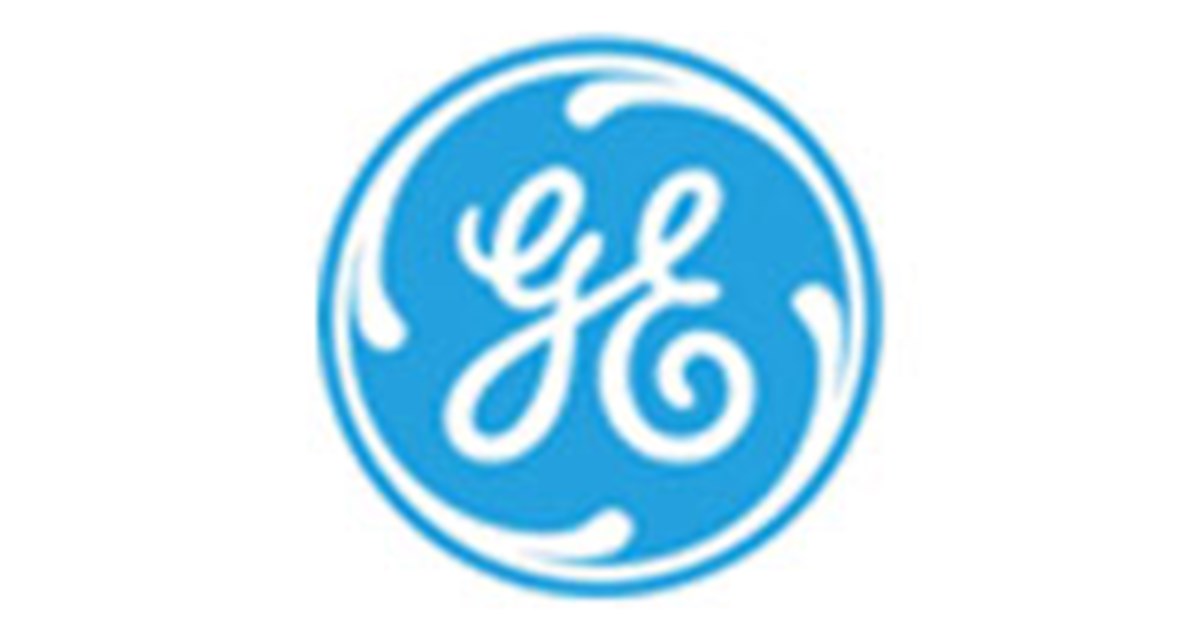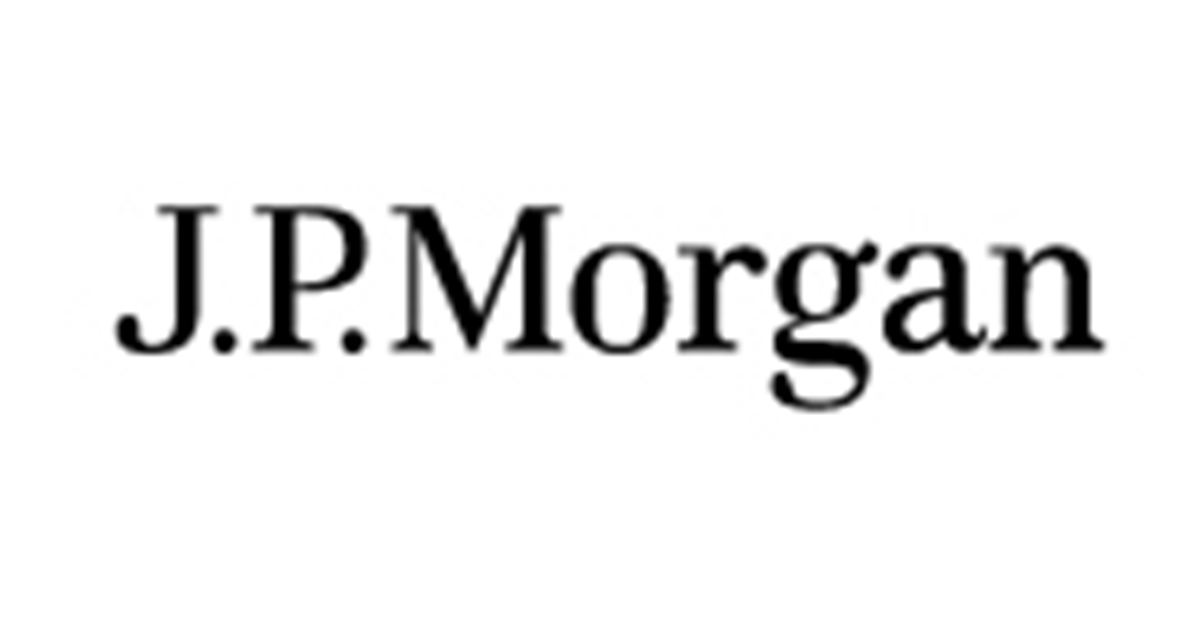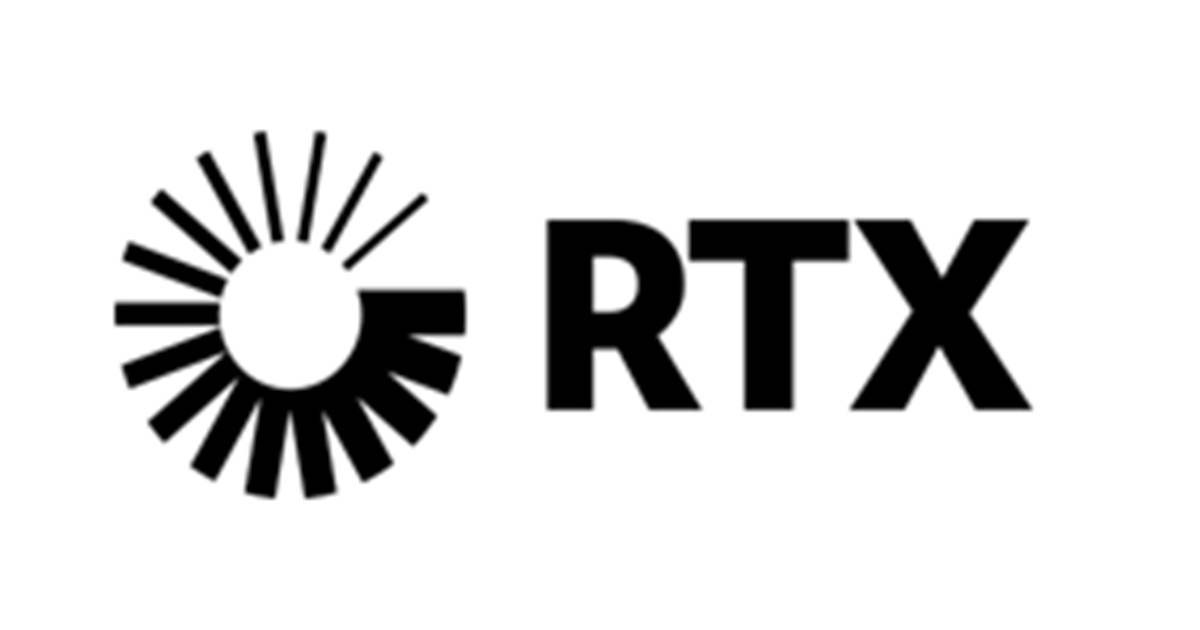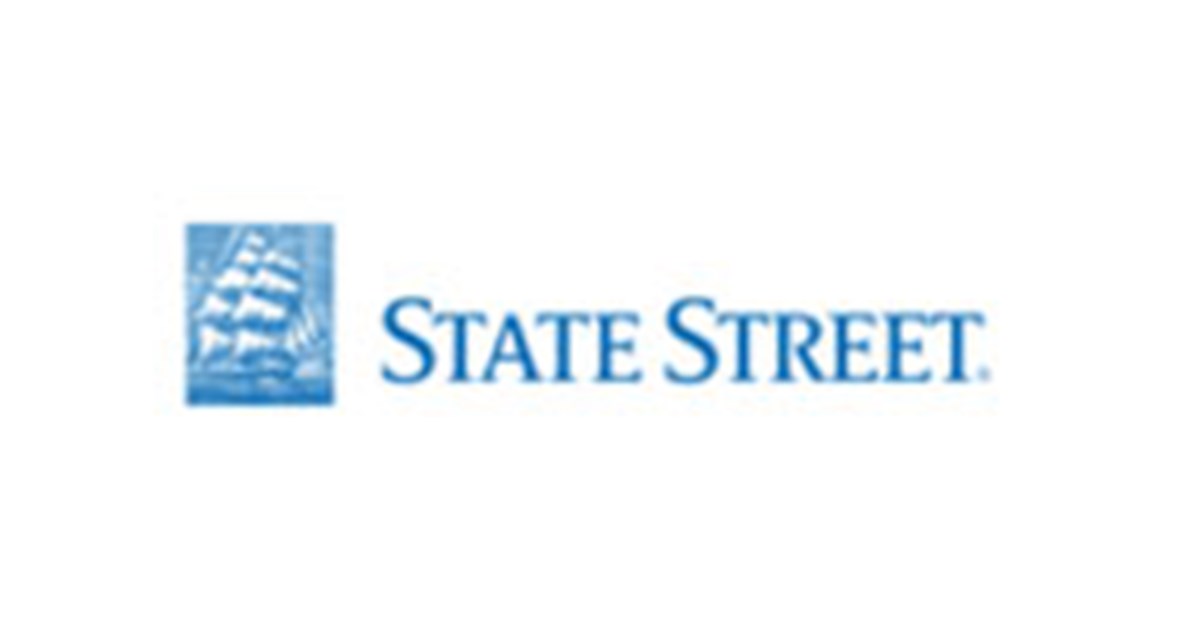Papers & Reports

The Home Office as a Permanent Establishment: Legal and Practical Considerations
This paper examines the risks of creating a permanent establishment (PE) from work-from-home arrangements, focusing on the legal framework under Article 5 of the OECD Model Tax Convention and its commentaries. It analyzes case law across jurisdictions to show how tax authorities are interpreting PE rules in light of remote work and explores the practical and economic consequences of treating an employee’s home office as a PE. The paper concludes by proposing clarifications to the existing framework to better align with the OECD’s objectives and provide greater certainty for taxpayers and administrations in an evolving work environment.

The Boomerang Tariffs Effect on the U.S. Economy
This research develops the Boomerang Tariff Effect Simulator (BTE-Simulator), a novel model designed to assess how high tariffs, volatile oil prices, reduced labor supply under strict immigration policies, and declining productivity interact to accelerate inflation. Unlike traditional frameworks, the BTE-Simulator runs simulations across multiple tariff scenarios, offering policymakers tools to anticipate inflationary risks while designing strategies that minimize export losses, support sustainable growth, and preserve low inflation and unemployment. A central case study applies the model to the U.S.-China trade war, demonstrating its significant consequences for both countries and for global trade.

Crypto in the Shadows: Why Global Tax Systems Struggle to Regulate Digital Asset Conversions
This paper analyzes how the rapid rise of cryptocurrency markets is undermining traditional tax systems, with a focus on the challenges of regulating digital-to-fiat conversions. It identifies deep structural and policy gaps across major jurisdictions: the United States, European Union, United Arab Emirates, and Singapore—ranging from inconsistent asset classification and taxable event recognition to weak cross-border enforcement standards. The study underscores how decentralized finance (DeFi), peer-to-peer exchanges, and privacy technologies complicate tax compliance and facilitate regulatory arbitrage. Using insights from institutional economics and regulatory arbitrage theory, it critiques the limitations of emerging frameworks such as the OECD’s Crypto-Asset Reporting Framework (CARF) and the FATF’s Travel Rule. The paper concludes that without coordinated international standards, tax evasion in the crypto sector will persist, and it proposes policy reforms aimed at achieving equitable, technologically practical, and globally harmonized digital asset taxation that safeguards both fiscal integrity and digital privacy.

Allocative Justice as a Constraint on Fiscal Imperialism in International Tax
This article examines how states might equitably share tax revenue from cross-border activities that give rise to overlapping claims of taxing rights. It categorizes the prevailing normative perspectives into two distinct approaches. The first focuses on locating the economic factors that enable income production and allocating taxing rights proportionally to the degree of a state’s economic connection, thereby granting greater taxing rights to states more closely tied to the income-generating activity. The second, which draws on cosmopolitan distributive justice theory, views cross-border tax revenue allocation as a mechanism for redistributing resources from high-income to low-income countries to support humanitarian or developmental objectives. By distinguishing between these frameworks, the article clarifies the conceptual underpinnings of inter-nation equity debates and their implications for international tax policy.

"Reciprocal" Tariffs: What are They Really For?
This Policy Brief assesses the Trump administration’s “reciprocal” tariffs, most recently revised on August 1, 2025, and concludes that both their rationale and execution are flawed. The author argues that because bilateral trade imbalances do not inherently prove unfair practices, the tariffs relied on a defective metric, with the methodology systematically overstating tariff levels, especially for primary commodity exporters where pass-through effects on U.S. consumer prices are high. According to the author, given these biases, the tariffs appear less as genuine measures of foreign trade barriers and more as a negotiation tactic to bolster U.S. leverage. The brief further warns that even at a reduced rate of 15 percent, applying such tariffs to the poorest U.S. trading partners would do little to narrow the overall trade deficit while severely undermining their economic development.
Peterson Institute for International Economics Policy Brief 25-6

The 2025 update of the UN Model Tax Convention
This article provides a comprehensive overview of the 2025 update to the United Nations Model Tax Convention, marking the culmination of four years of deliberations by the UN Tax Committee on pressing cross-border tax issues. The updated UN Model reflects evolving priorities in international tax cooperation, particularly emphasizing the needs of developing countries in tax treaty negotiations. Key revisions address areas such as digital economy taxation, source-based taxation rights, and dispute resolution mechanisms, signaling a broader shift toward enhancing tax equity and administrative capacity in lower-income jurisdictions. The report not only clarifies substantive treaty provisions but also highlights emerging trends in global tax policy debates, including stronger assertions of source-country rights and increased recognition of unilateral measures that align with fairness and development objectives. As such, the 2025 update functions both as a technical guide and a normative signal of future directions in international tax treaty practice.
Note: This report was written for and first published by the Tax Justice Network.

What Went Wrong in the Apple State Aid Case and How to Fix It - Part 2: Suggested Reforms
This article critiques the European Commission’s and EU courts’ handling of the Apple state aid case, arguing that the Commission improperly applied a retroactive profit allocation method that lacked support in Irish law or binding international tax standards. The article details procedural and substantive flaws, including the Commission’s reliance on post hoc OECD guidance, internal inconsistencies in its legal theories, and disregard for factual evidence concerning the actual control over Apple’s intellectual property. It further faults the General Court for introducing new justifications absent from the Commission’s original decision and for misapplying superficial parallels between Irish law and the OECD’s Authorized OECD Approach. The Court of Justice is also criticized for reinstating the recovery order based on a procedural technicality, thereby evading a more thorough legal analysis and undermining prior precedent in similar cases such as Fiat, Amazon, and Engie. The article contends that this approach threatens legal certainty, infringes on Member State tax autonomy, and damages the legitimacy of state aid enforcement in the tax context. As a corrective, it proposes reforms aimed at enhancing procedural transparency, limiting retroactive enforcement, and clarifying the doctrinal basis of EU tax state aid law to preserve both the rule of law and tax sovereignty.

Assessing the Influence of Artificial Intelligence on Corporate Tax Compliance and Financial Reporting
This article offers a forward-looking analysis of how artificial intelligence is reshaping corporate tax compliance and financial reporting. Drawing on both quantitative data and qualitative case studies, the study examines the use of machine learning, natural language processing, and predictive analytics to automate and enhance key tax functions. The findings show that AI improves data accuracy, reduces human error, and enables real-time compliance monitoring, especially in complex regulatory environments. The research emphasizes the need for ethical AI governance, internal controls, and alignment between tax, IT, and legal teams. By presenting a phased model for implementation and actionable recommendations, the article provides a strategic roadmap for businesses and regulators seeking to integrate AI into the tax lifecycle.

Recent Developments in the Taxation of Cross-Border Services: LATAM Position(s) on the UN Terms of Reference (ToR)
This article analyzes the evolving legal strategies aimed at expanding source-based taxing rights over technical and digital cross-border services, with particular attention to developments within the United Nations' Framework Convention on International Tax Cooperation. It investigates how the UN’s approach to taxing services rendered across borders intersects with current geopolitical tensions and debates over tax sovereignty. Drawing on Latin America’s longstanding experience in taxing technical services and technical assistance, the paper illustrates how these regional practices have informed recent global policy responses to economic digitalization. In doing so, the article highlights the growing momentum toward enabling source jurisdictions, particularly in the Global South, to assert taxation rights over income arising within their economies, even absent physical presence.

Rule of Law v. Rule of Power: US Tax Defense Measures in Light of the International Law of Countermeasures
This article explores how domestic tax laws that disregard international obligations—specifically the undertaxed profits rule (UTPR) under the global minimum tax and digital services taxes (DSTs)—can provoke far-reaching legal and political conflict. It focuses on the U.S. response in 2025, arguing that powerful states will resist tax measures perceived to harm their economic interests. The article contends that any U.S. retaliatory measures must align with the customary international law principle of proportionality, as codified in the ILC’s Articles on State Responsibility (ARSIWA). Failing to observe such legal constraints risks escalating tax and trade wars with broader consequences for international legal stability and global relations.









